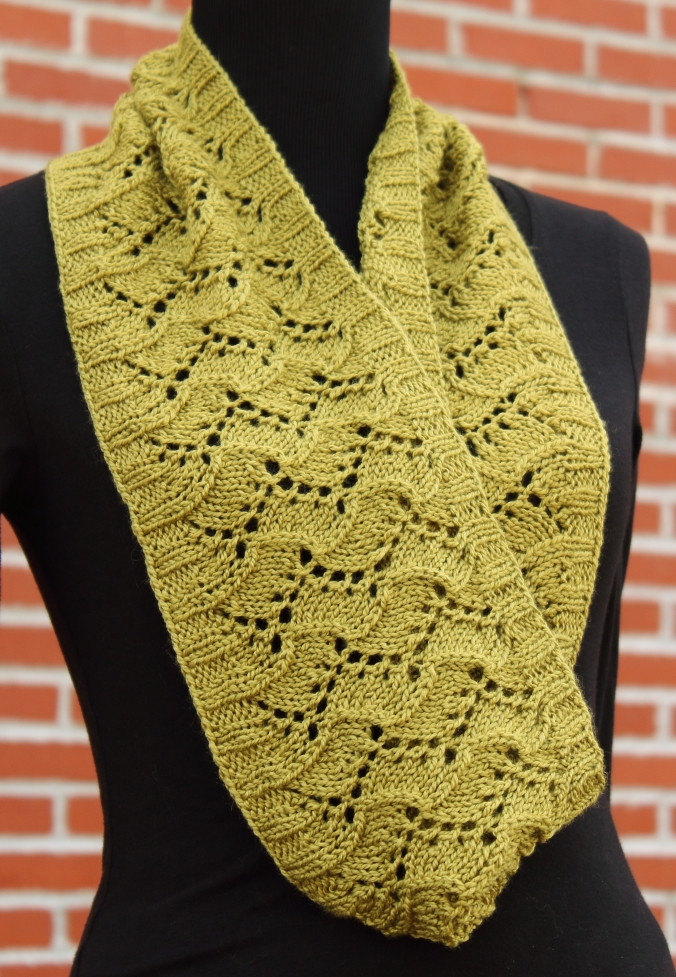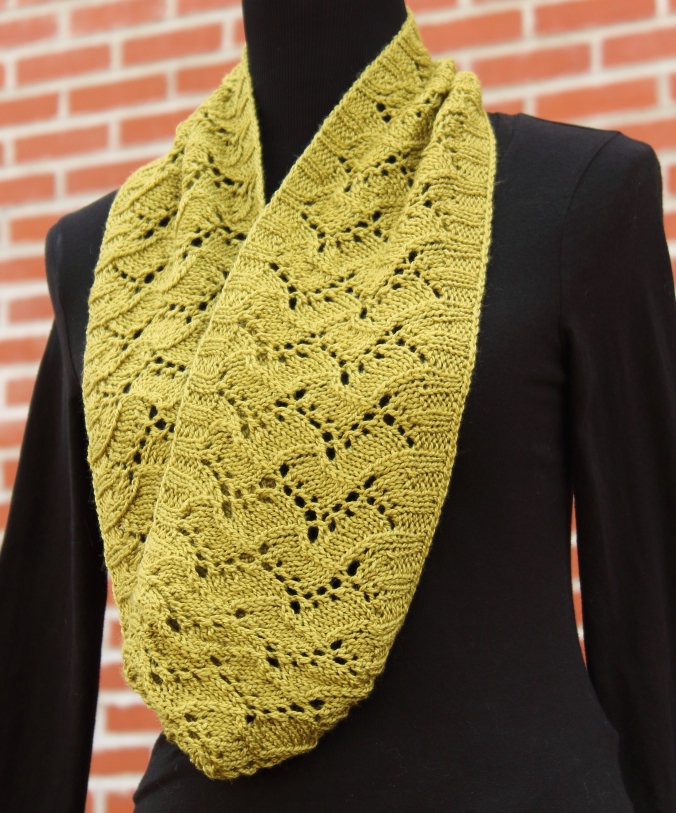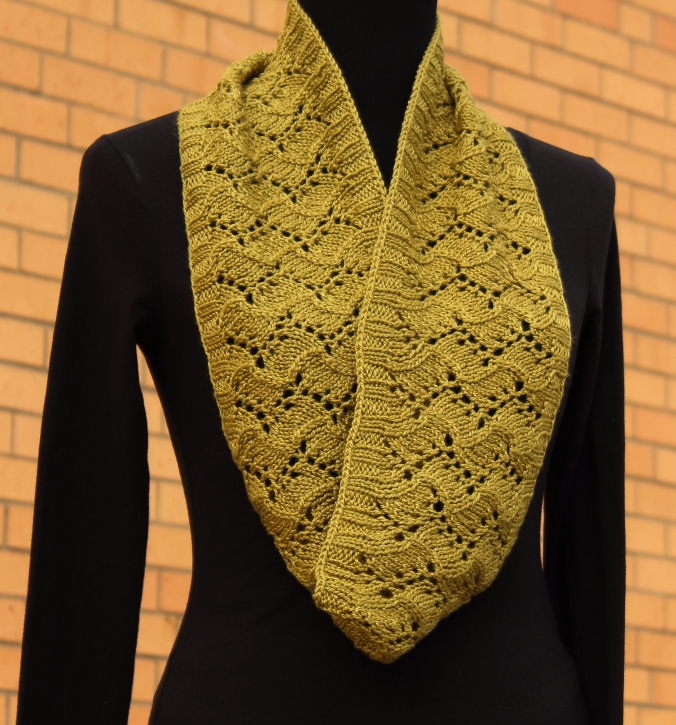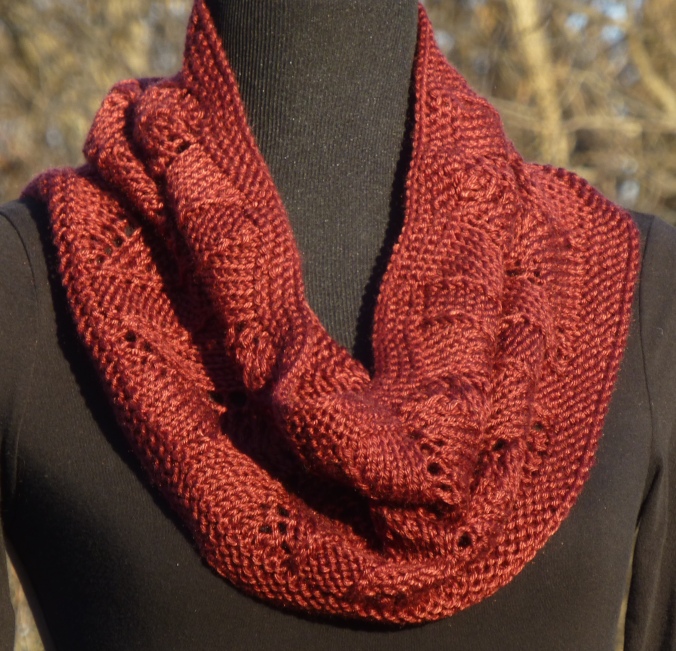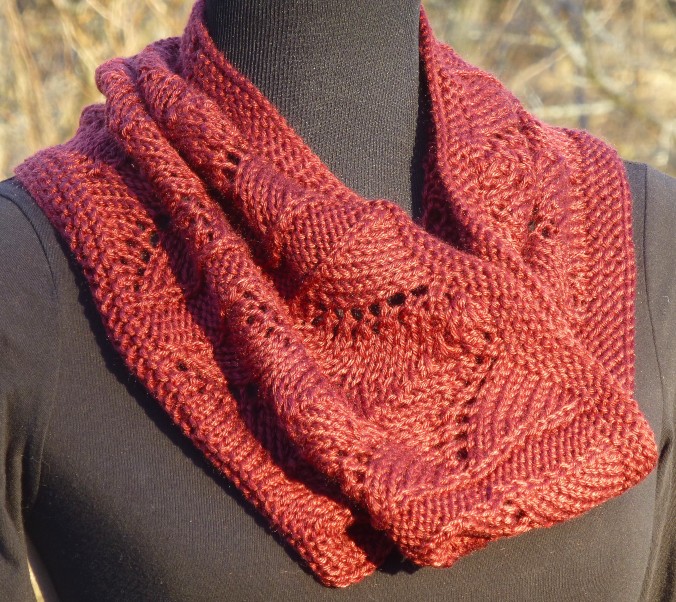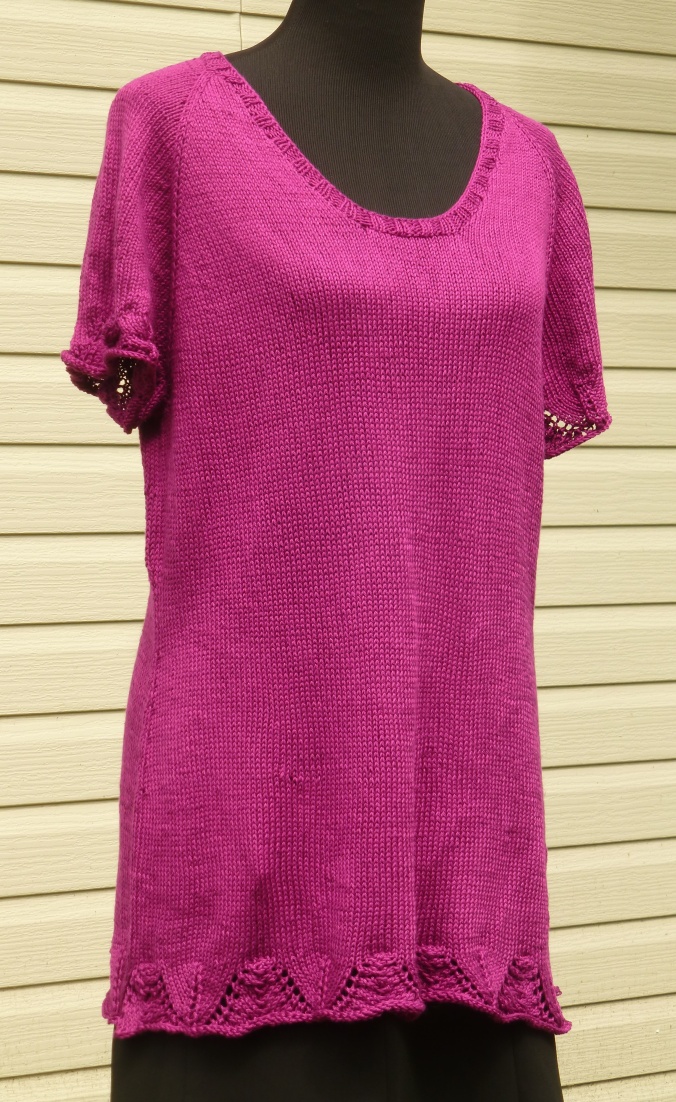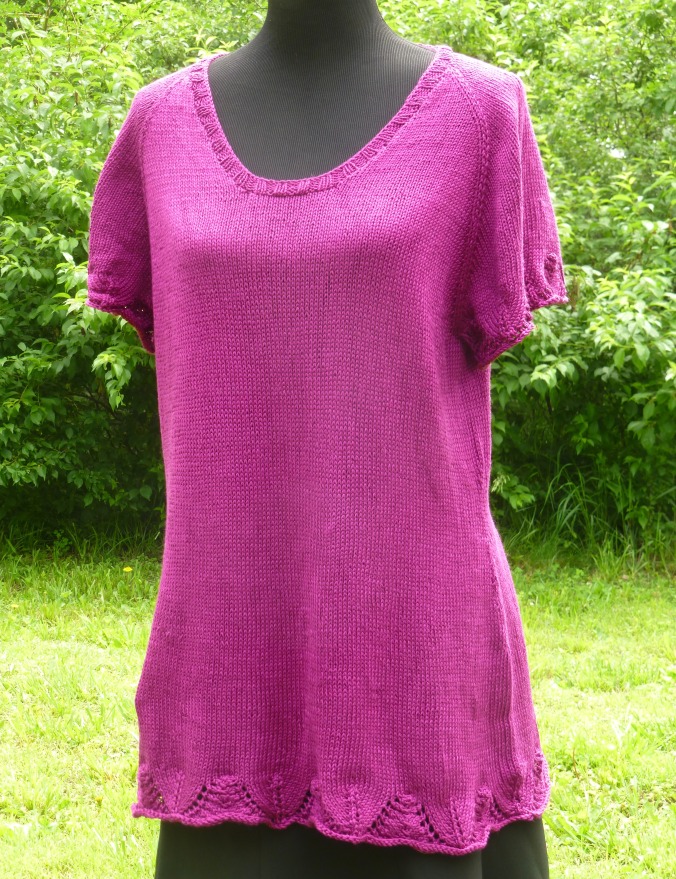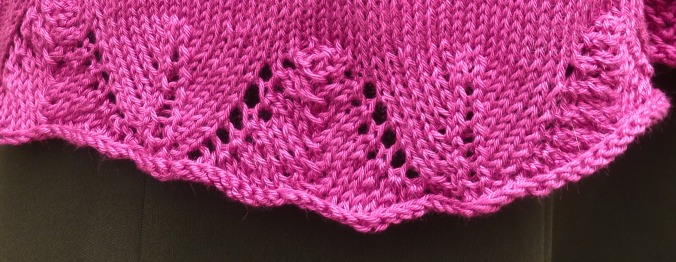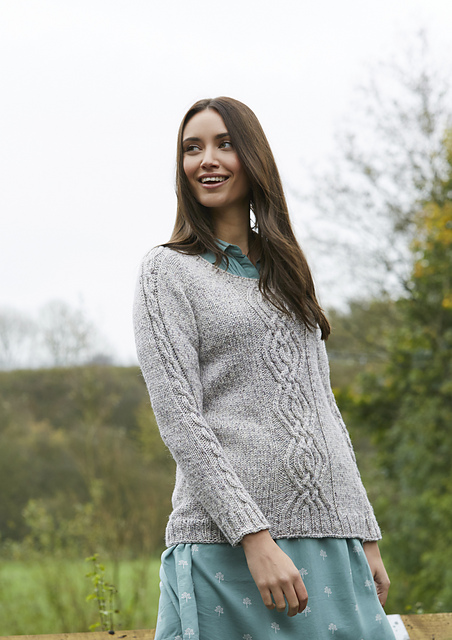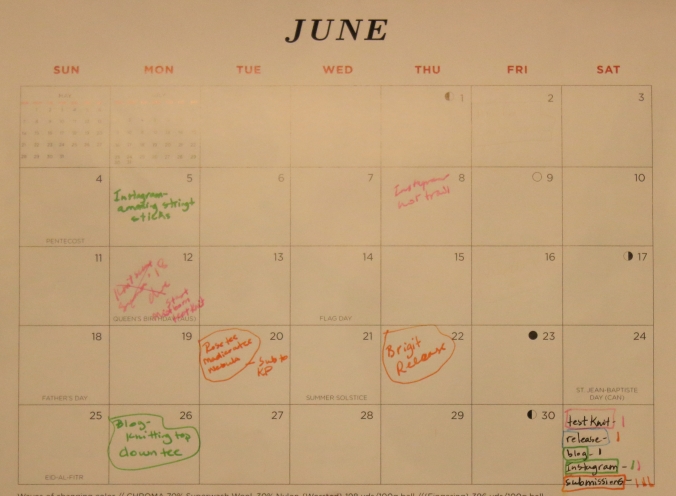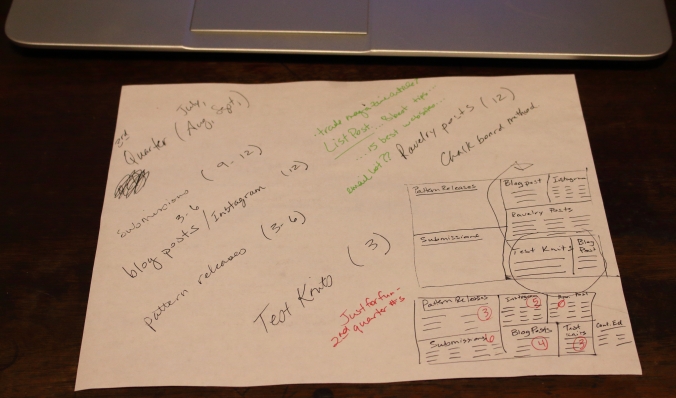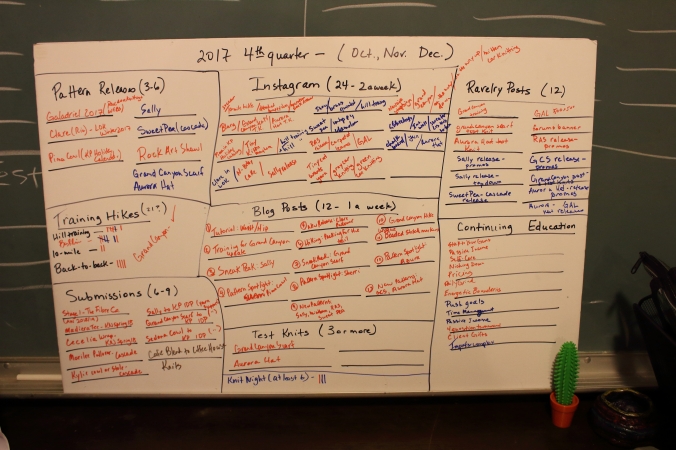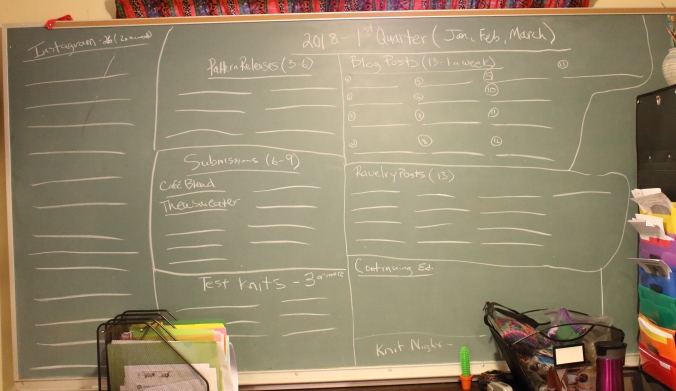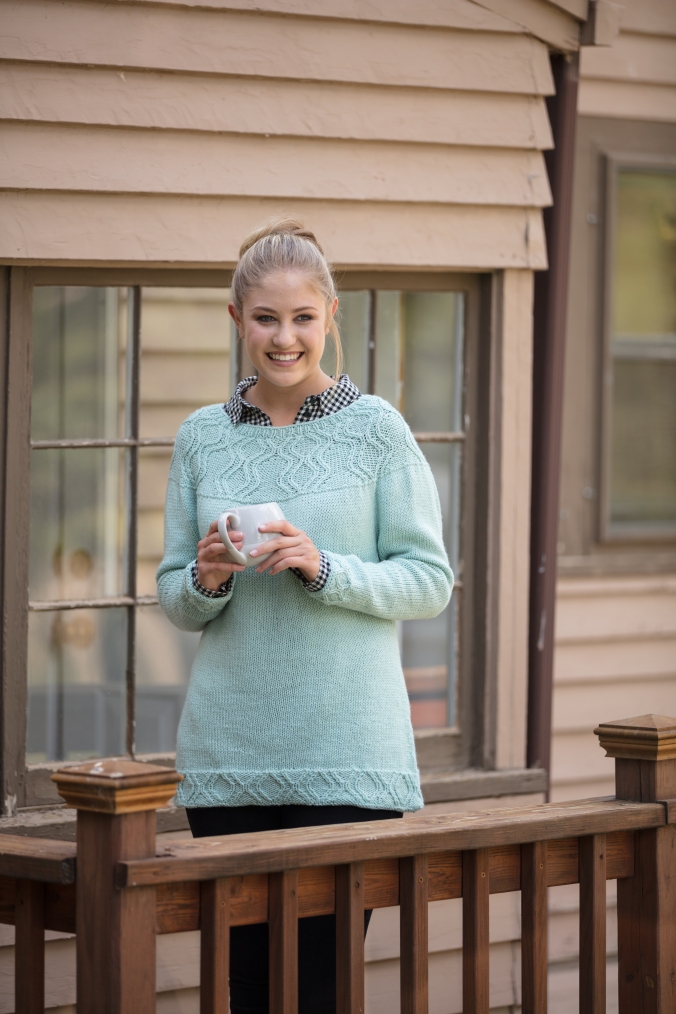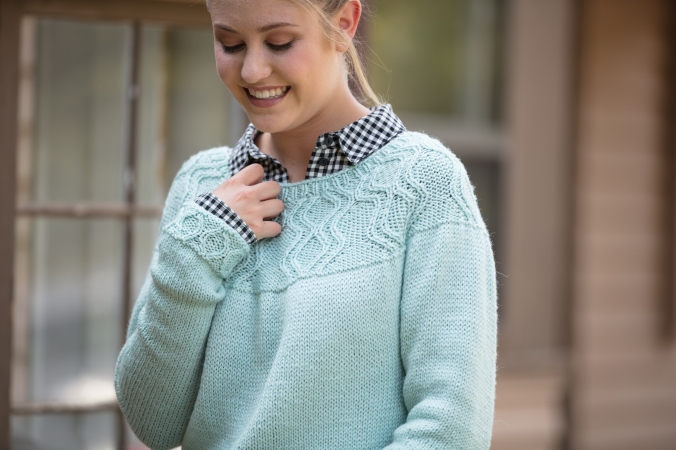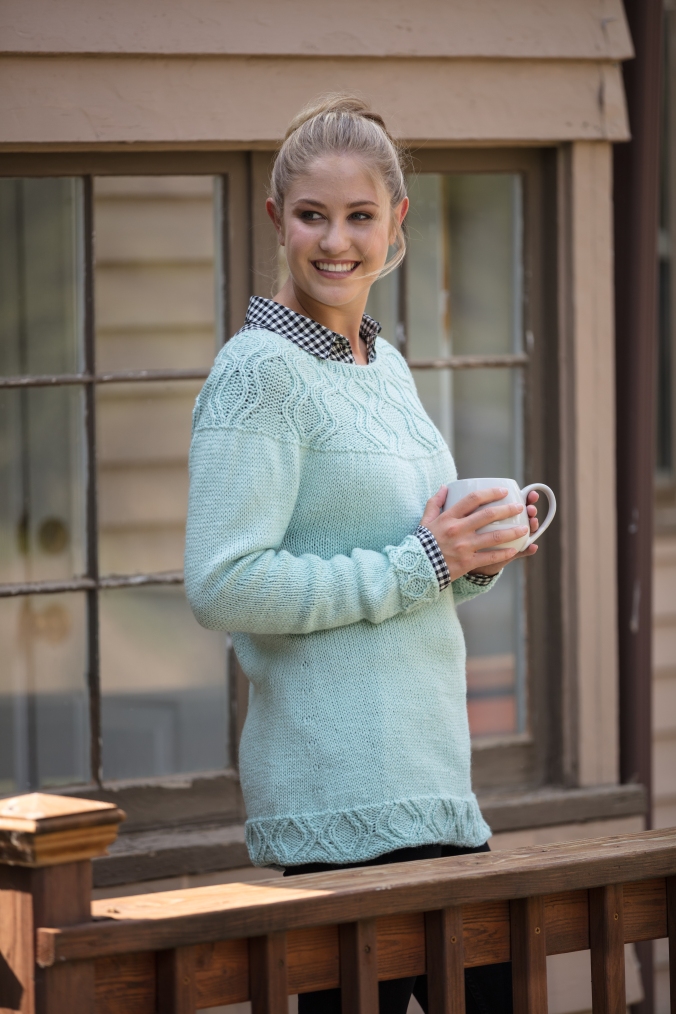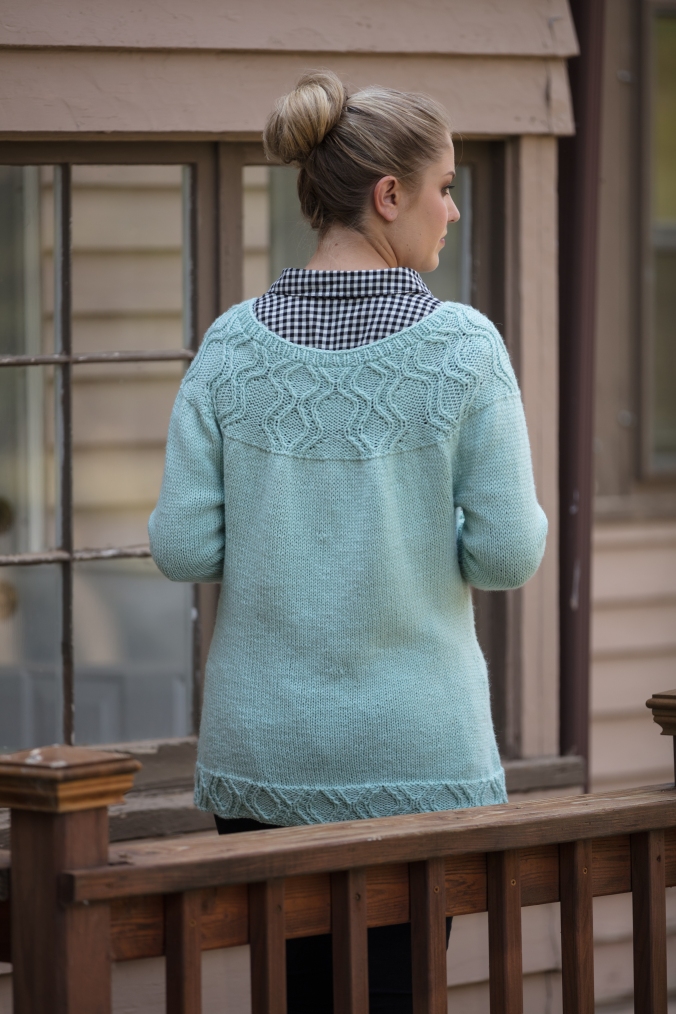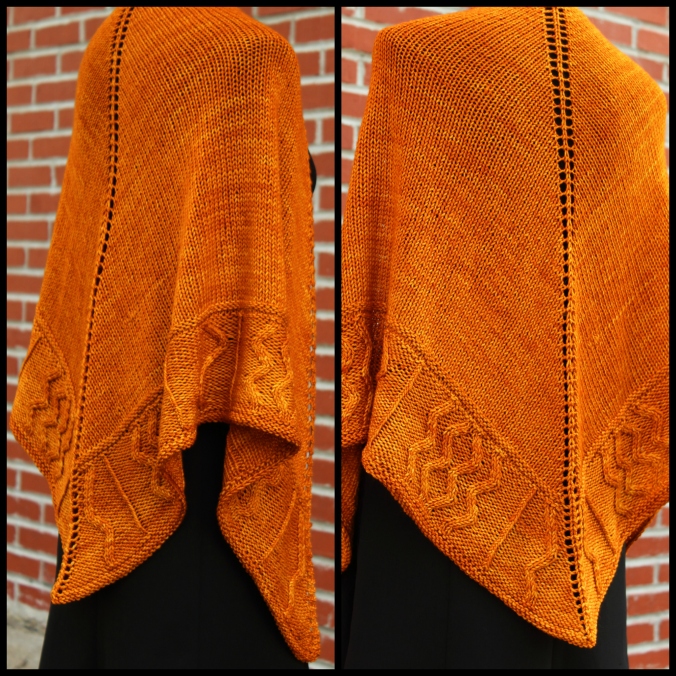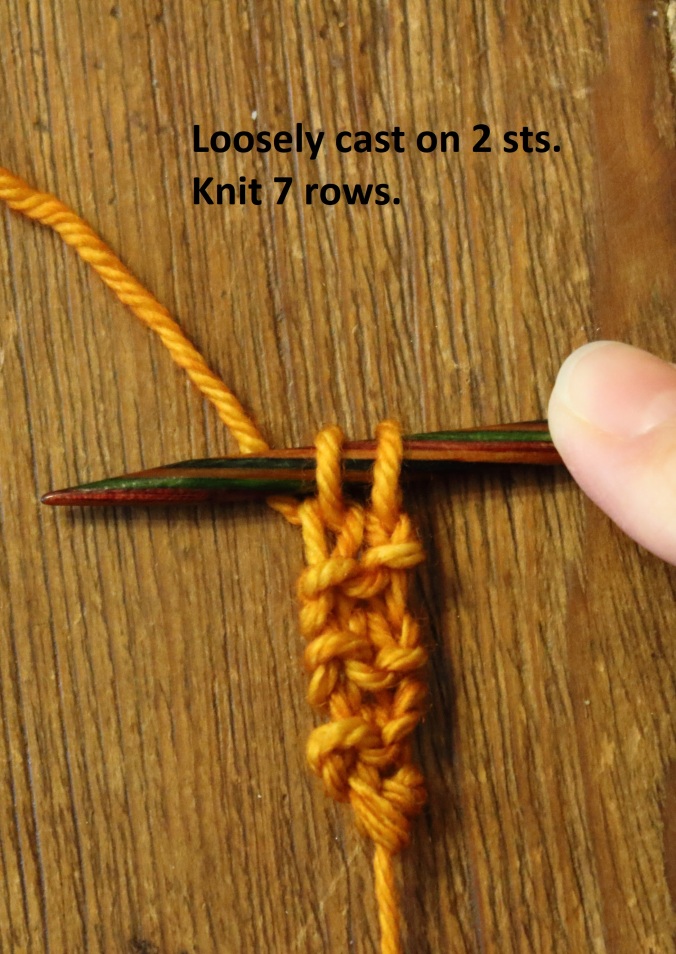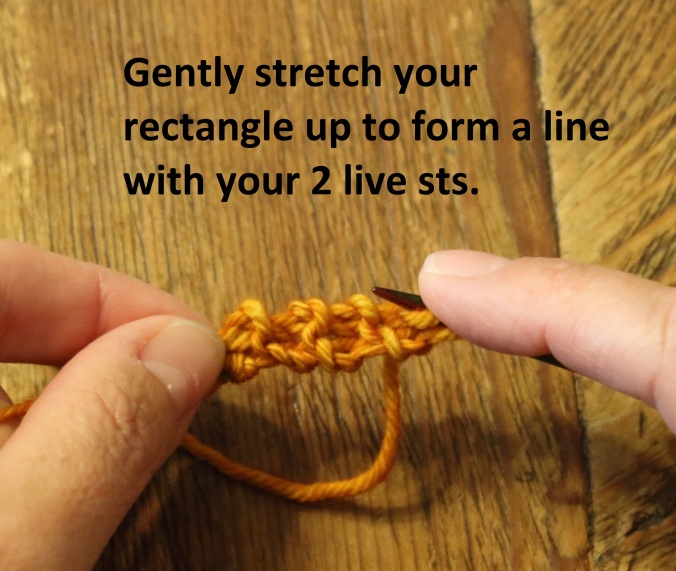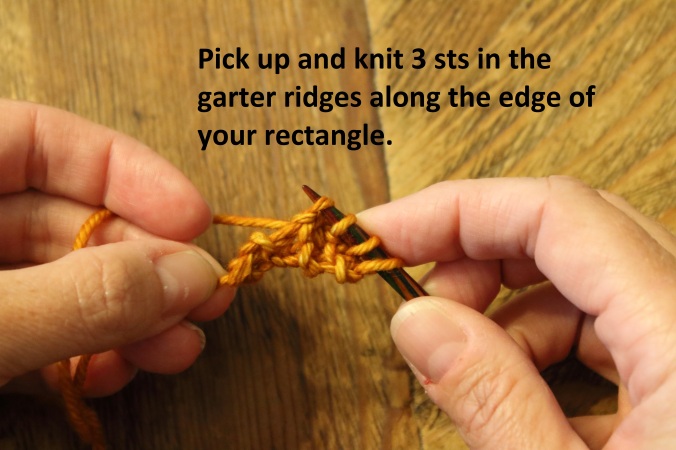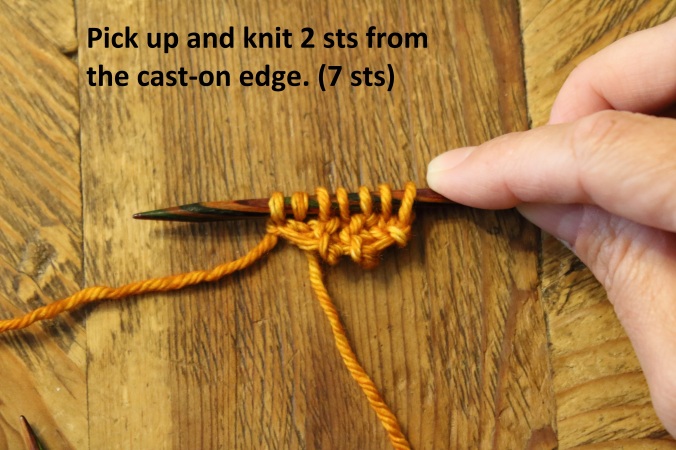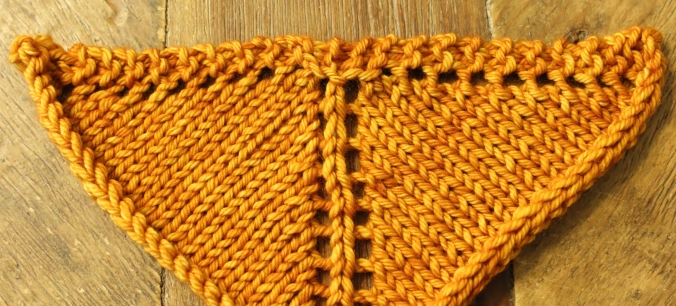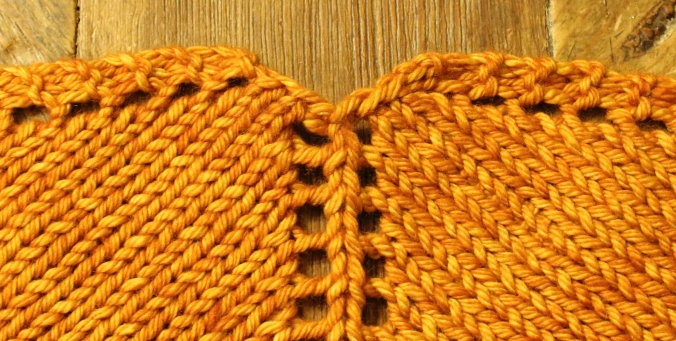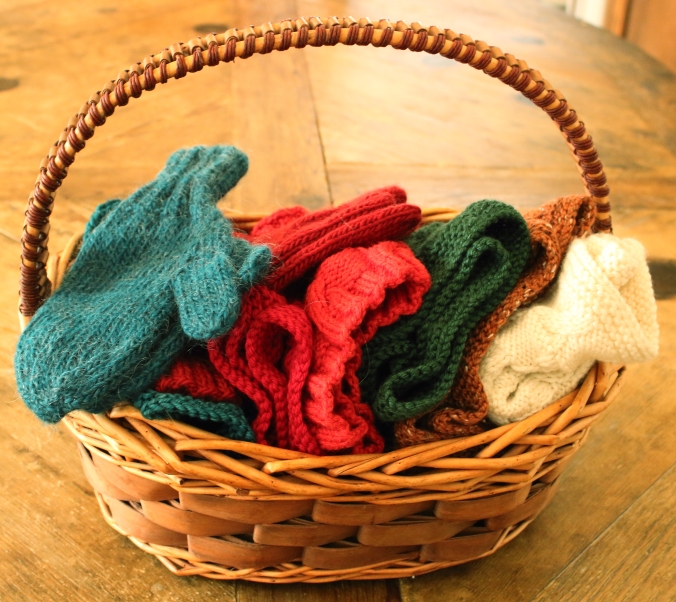
Every year I fill a Christmas Basket for the holidays and take it around as we visit family and friends to let everyone pick their favorite piece as a gift. Here is a picture of a partially emptied Christmas Basket from our 2017 holidays. If you look close at the basket above, you’ll notice that you see exactly zero ponytail hats in it. That’s because they were snatched up as fast as I could knit them this season. I’m not exaggerating to say that several of them were claimed before they got off the needles and worn immediately after I sewed in the ends.
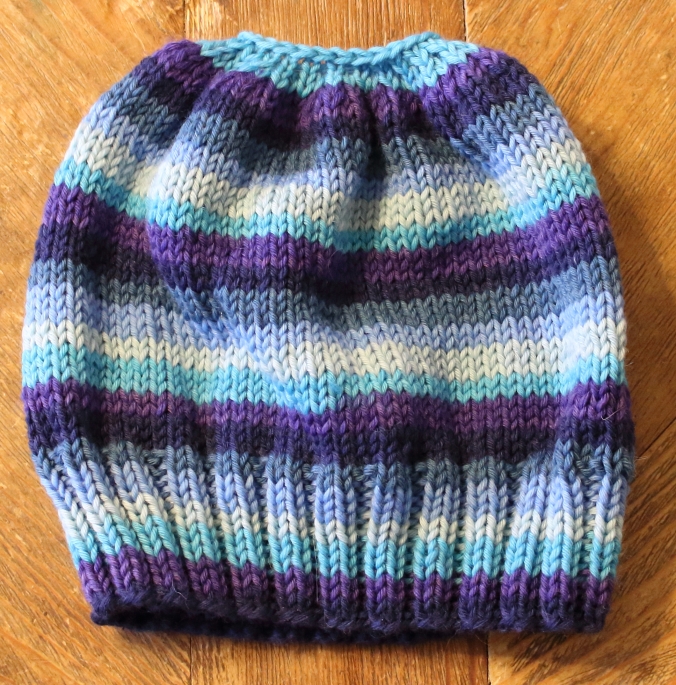
I made the same hat over and over again with no variation to the number of cast-on stitches or the yarn (except colors). It fit a little slouchy on Corrine, just right on Amanda and Kaylene, a little loose Tessie, a little tight on Naomi and so on………you get the picture – one size really did fit most. Also, I made a lot of them over the holidays.
From time to time I like to offer a free pattern. So, I’m releasing this simple one-size ponytail hat recipe for free. Find the pattern here. (Named Judy after a sweet pony from my childhood.)
As an added bonus, here is a look at some of the steps from yarn to hat. (I think I might actually get to keep this one for myself since the holidays are long over!)
My tools for this hat started with The Knitter’s Handy Book of Patterns by Ann Budd and Knit Picks self-striping Felici Worsted. I worked up a simple gauge swatch to decide which needles worked best for me with this yarn and to measure my gauge. It would take a whole blog post to say everything I think about gauge swatches – so I’ll shorten that to just say I think they are definitely worth the time it takes to cast on 20-ish stitches and work for a couple inches in whatever stitch pattern you plan to use for your project.
From my gauge and the tables in the book I determined a number of cast-on stitches I hoped would be generic enough to fit most head sizes and I worked 2×2 ribbing for an extremely long ribbing section of 2.5″. My reasoning was that knit fabric is stretchy so that would help with any heads that were a little larger than my guessed generic size and ribbing helps tighten the stretchy so that would help with any heads that were a little smaller than my guessed generic size.
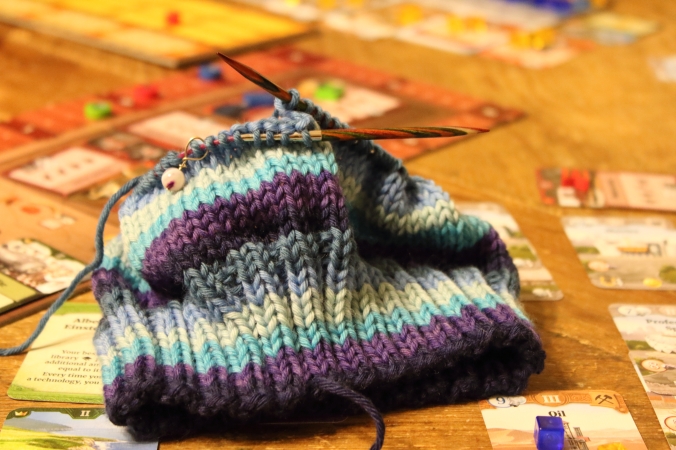
After that I switched to stockinette stitch and knit every round until the hat measures 8.25″ from the cast-on edge. That turned out to be just the right length for some heads and slightly slouchy for other heads. (If you’re looking closely at the background on these photos, you’ll notice that I knit almost this whole hat between my turns while we played a very long family board game one Saturday afternoon.)
Since this is a simple ponytail hat the decreases are very down and dirty from at this point and accomplished over just 4 rounds – a first decrease round of k2tog around, a knit round, a second decrease round of k2tog and a final knit round. Then I bound off all remaining stitches loosely in knit and sewed in the ends.
Now I’m going to try to keep a hold of it before someone else claims it!! I put a link to the free pattern earlier in this blog post. But I’m including it again here just in case you’ve made it to the end without clicking the earlier link.
